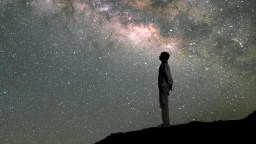Anna Frebel
Anna Frebel, Ph.D., is a member of the MIT physics faculty and earned her doctorate in astronomy from the Australian National University’s Mt. Stroll Observatory. She has received numerous awards for her pioneering work into the chemical and physical conditions of the early universe. They include the Ludwig-Biermann young astronomer award of the German Astronomical Society, the Annie Jump Cannon Award of the American Astronomical Society, and an NSF CAREER Award to continue her discovery of the oldest stars. Her book is Searching for the Oldest Stars: Ancient Relics from the Early Universe.
Professor Frebel’s research interests cover the early universe, and how old, metal-deficient stars can be used to obtain constraints on the first stars and initial mass function, supernova yields and stellar nucleosynthesis. She is best known for her discoveries and subsequent spectroscopic analyses of the most metal-poor stars and how these stars can be employed to uncover information about the early Universe. By now, she has expanded her work to include observations of faint stars in the least luminous dwarf galaxies to obtain a more comprehensive view of how the Milky Way with its extended stellar halo formed.
She carries out her observational research on old stars using the 6.5m Magellan telescopes in Chile through high-resolution optical spectroscopy. Recently, Professor Frebel also started a large supercomputing project to simulate the formation and evolution of large galaxies like the Milky Way in a cosmological context. The N-body dark matter halos will ultimately help her trace the cosmological path of the oldest stars from their birth in the early universe until their arrival in the Milky Way halo through various merger events. This huge data set will also enable to quantify the breadth of galaxy formation and the abundance of substructure of large galaxies, among many other things.


